A 12-Day / 11-Night journey across sacred lakes, silent monasteries, and the world’s highest railway into the heart of Tibet.




Whispers of Wind & Stone 12 day / 1 night travel program PRIVATE TOURING
This journey carries us across the high-altitude tapestry of Qinghai and Tibet — where blue mirror lakes reflect vast skies and ancient monasteries whisper stories of devotion. We travel by road and rail into the heart of sacred spaces, from salt plains to snow-capped peaks, culminating at the foot of Everest. A rare expedition into a region shaped by land, faith, and time itself.
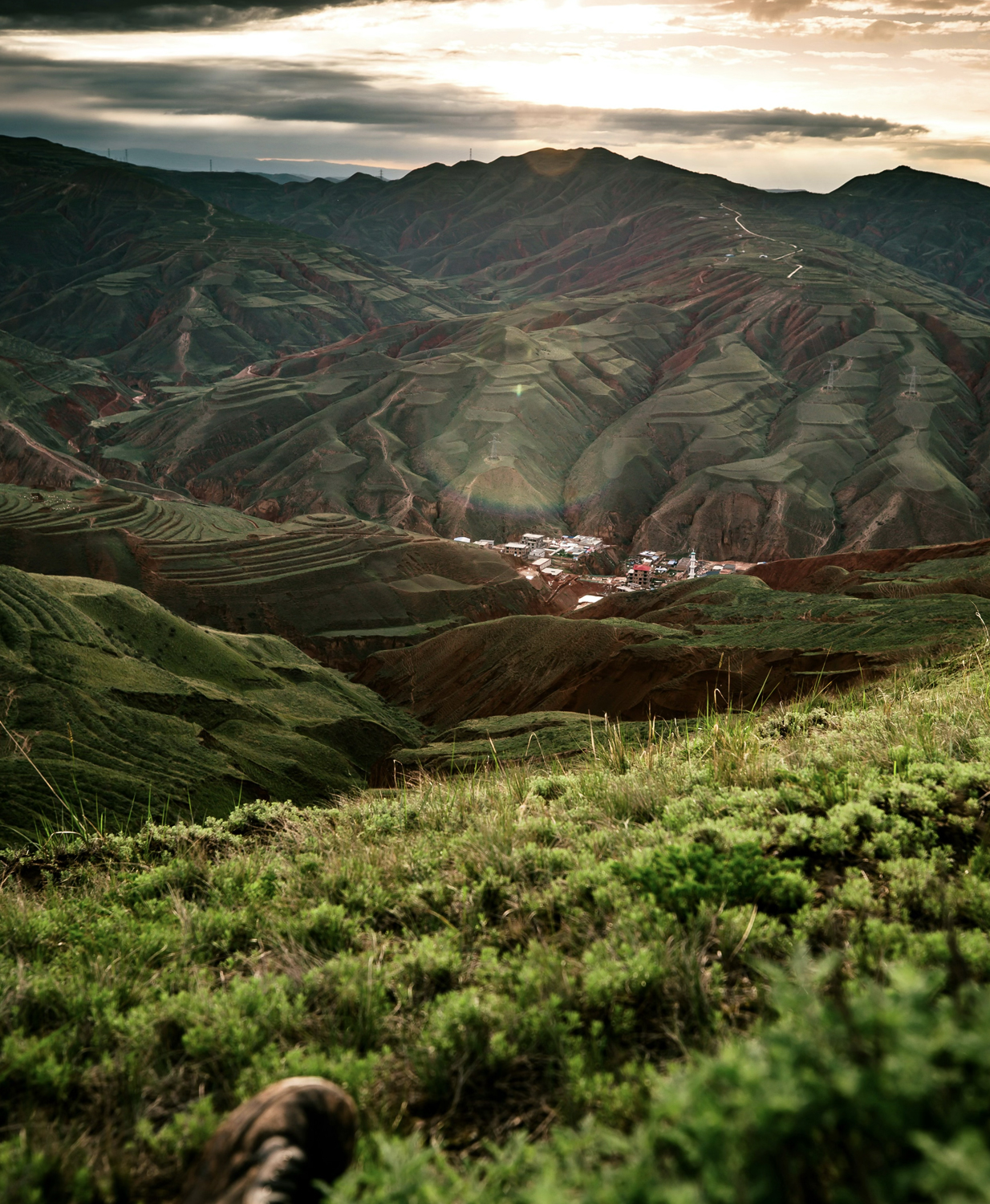
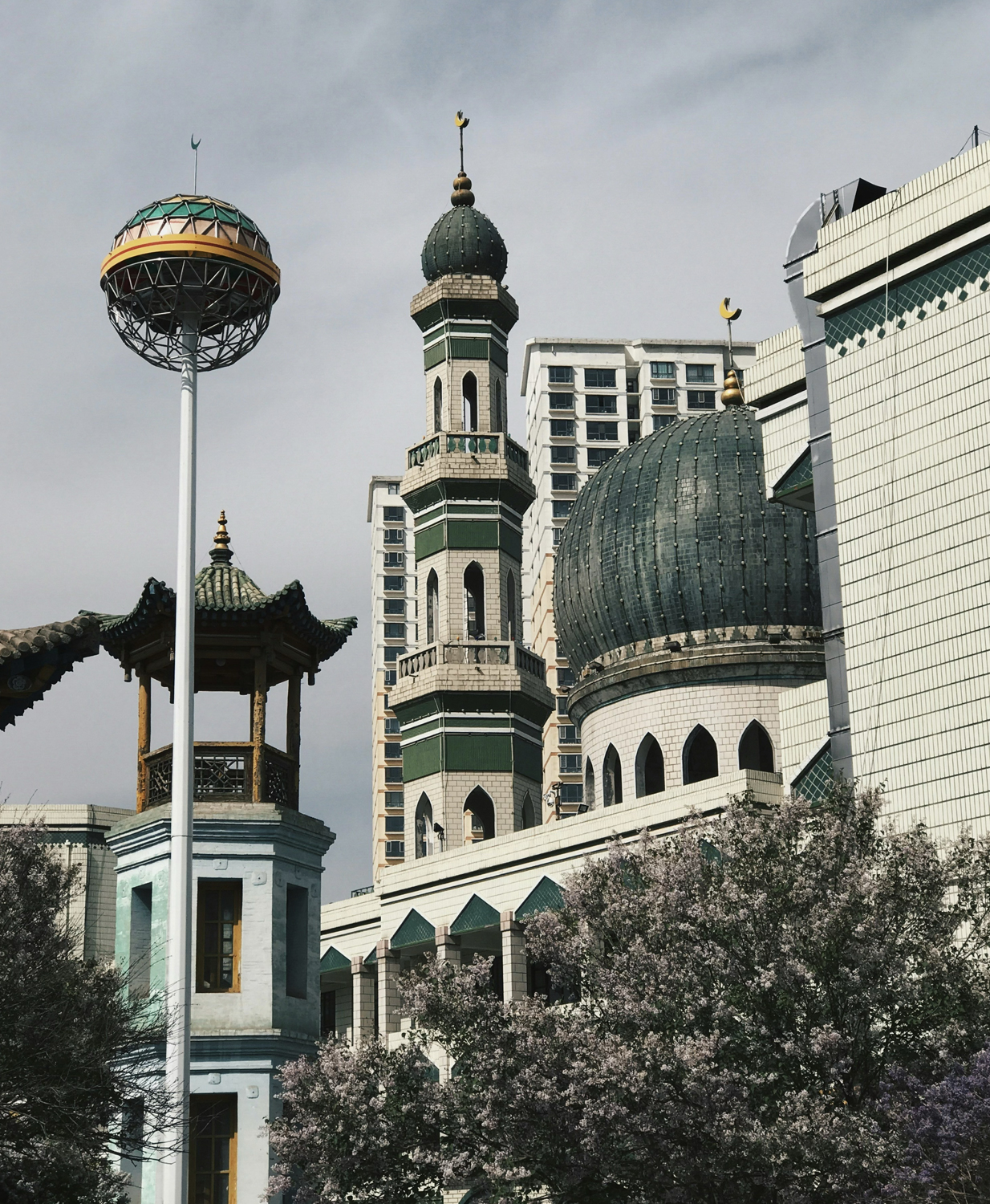
We arrive in Xining, a city at the meeting point of cultures and landscapes. The altitude is noticeable — a quiet cue that we’re entering highland territory. After transferring to your hotel, the day unfolds gently as we begin to explore.
Our first stop is the Xining Mosque, the largest in Qinghai. Built several centuries ago, its wooden structure and decorative detailing reflect both Islamic and Chinese architectural styles. We walk through serene courtyards where worshippers come and go, and prayer echoes subtly across the space. It’s a peaceful beginning, highlighting Xining’s role as a cultural crossroads.
Nearby, the local market offers another dimension of life here. Fresh produce, spices, dried fruits, apricots, nuts, handmade fabrics — the colours and aromas are vivid. Vendors call out gently; shoppers discuss prices. It's a sensory snapshot of everyday Qinghai.
Afterwards, we visit the Qinghai Provincial Museum. Its halls are filled with artifacts that narrate the region’s diverse ethnic history — Tibetan thangkas, Silk Road relics, and ancient pottery from the plateau’s tribal cultures. A striking exhibit reveals how this region became a meeting point of faiths, languages, and trade routes.
By late afternoon, we return to your hotel. It’s time to rest, acclimatise, and ease into the rhythm of plateau travel. You might sit with tea, watch the sky shift through evening hues, or simply settle quietly. The city’s pace is calm — a good introduction to the journey ahead.
Dinner is at leisure. Local restaurants serve lamb noodles, Muslim-style dishes, and homemade yogurt. Tonight, we let the atmosphere of Xining introduce us to the essence of the plateau: grounded, gentle, and expansive.

We leave the city this morning and head toward Ta’er Monastery, one of the most significant Tibetan Buddhist centers in China. Founded in the 14th century on the birthplace of Tsongkhapa — founder of the Gelugpa school — the monastery holds cultural, religious, and historical resonance. Golden-roofed prayer halls spill out into terraced courtyards, where pilgrims spin prayer wheels, monks chant mantras, and the scent of incense lingers in the air.
Inside the monastery, we find rooms lined with murals depicting scenes from Buddhist scriptures, statues of revered teachers and protectors, and elaborate butter sculptures — a unique Tibetan art form. Time here lends a first glimpse into the region’s deep philosophical and ritual traditions.
From the monastery, we drive over the Sun and Moon Mountain pass, where legend says lovers parted forever — one riding east, the other west. As we crest the ridge, the landscape opens, leading us toward Qinghai Lake.
We arrive in the late afternoon. The lake stretches vast and shimmering — largest in China and sacred to Tibetans. Known as Tsongon Po, it shifts in colour with sunlight and storm. At 3,200 metres, its waters mirror the sky, and the air feels light, pure, and still.
We check into your accommodation near the lake. The evening is free to rest or walk along the shore. Birds circle overhead — bar-headed geese, wild ducks, migratory swans — and the fading light paints the water in soft shades of blue, grey, and gold.
Dinner is at leisure. Tonight offers space to breathe, reflect, and soak in the serenity of a place where land and spirit meet.
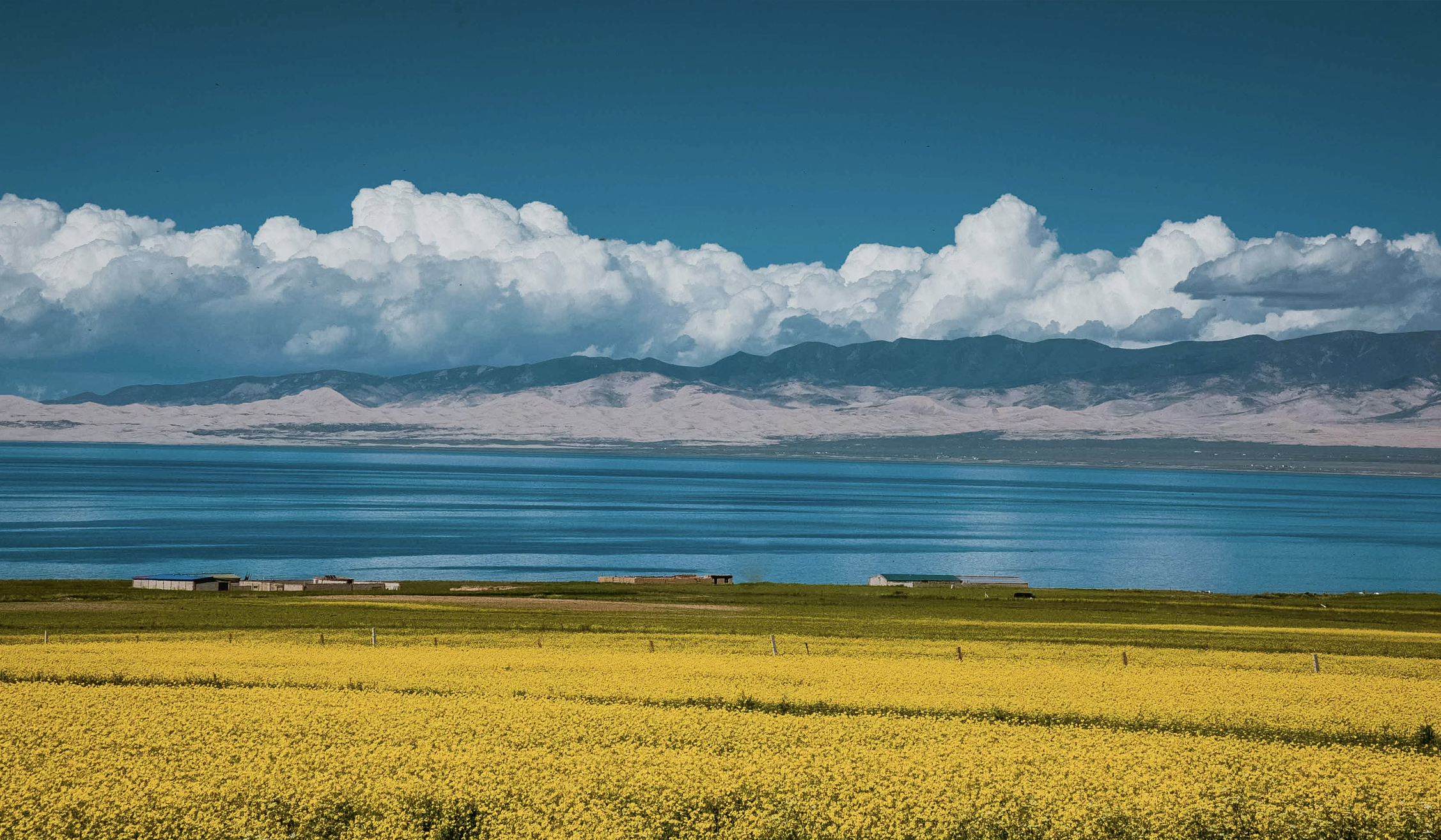
We wake to the quiet beauty of Qinghai Lake. Mist hovers over the water’s surface, and the sky feels infinite. After breakfast, we take one last lingering walk along the shore. The lake is a living presence — changing with every hour, every shift in light, whispering its ancient story in ripples and reflected skies.
By mid-morning, we depart toward Chaka Salt Lake, also known as the Mirror of the Sky — a name earned for its ability to perfectly reflect the heavens. The journey takes us through golden grasslands, past grazing flocks and the occasional cluster of homes. We may see nomads tending their herds, their khaki tents rising from the earth like markers of resilience and time.
As we approach Chaka, the earth flattens and turns white — like snow that never melts. The lake appears suddenly, a wide, still mirror framed by sky and mountains. We step out onto the salt crust, walking slowly, watching the reflection of clouds beneath our feet. It feels surreal, suspended between worlds — a dream made physical, where the horizon blurs and the body becomes part of the landscape.
We take time here — to wander, photograph, pause. Even silence feels amplified in this space, each step echoing across the vast openness.
By late afternoon, we arrive at your hotel near the lake. Check-in is followed by an evening at leisure. As night falls, the salt flat becomes a canvas for starlight — reflecting the Milky Way in quiet, infinite detail. Dinner is optional — whether enjoyed at the hotel or somewhere nearby. The solitude here is profound, a place where stillness hums with meaning.
Later, as you sit beneath an ever-deepening sky, the air cools and the first stars begin to shimmer. It’s a moment to simply be still — to feel the vastness of the land and the subtle pull of night settling over this extraordinary place.
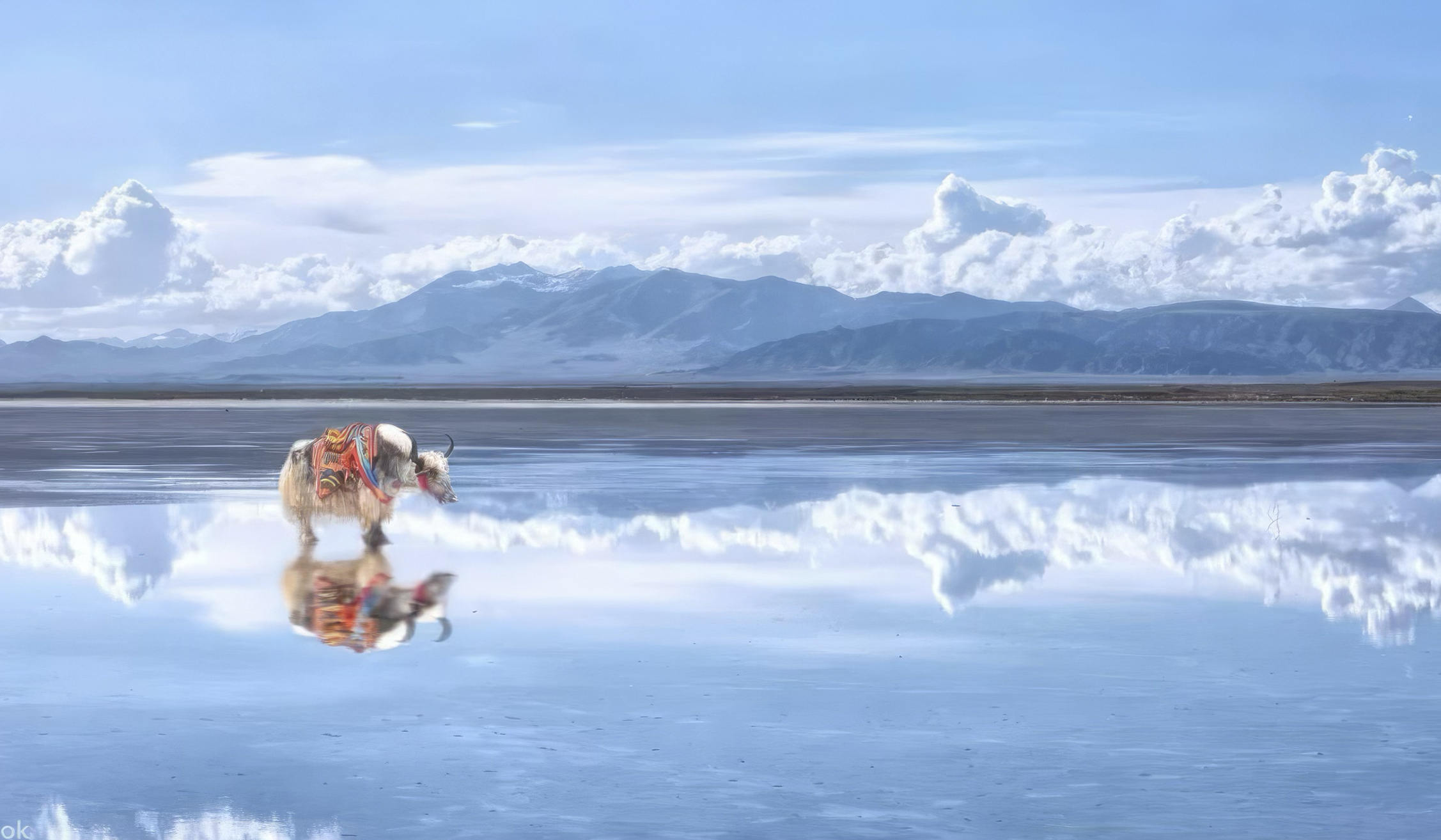
We leave Chaka Salt Lake this morning, watching the horizon fade into mist and the salt flats dissolve into grassland and sky. For a moment, it feels as though we're leaving a dream—one suspended between earth and reflection, where the world seemed doubled and the ordinary rules of distance and depth quietly fell away. The road winds through familiar terrain, though each hour brings subtle shifts — light softens, clouds gather and disperse, the air cools, and the gentle hum of Tibetan prayer flags marks the direction of the wind, fluttering like whispers of devotion sewn into the landscape.
The drive offers a good opportunity to reflect — on the sacred stillness of Qinghai Lake, where water met sky without boundaries, and on the surreal beauty of Chaka, where the ground itself seemed to mirror the heavens. These places hold a power that’s hard to describe, touching something deep within us, where silence becomes meaning. The wide-open spaces we have passed through leave room for contemplation, even as we move steadily toward the bustle of the city.
By mid-afternoon, we arrive in Xining and check into your hotel. The transition to urban life is gentle; Xining is a city with a calm pulse, grounded by layers of history and culture. The rest of the day is free to rest, stretch your legs, or explore a corner of the city at your own pace. You may choose to visit a quiet tea house, letting fragrant steam rise and wrap around you, or wander through a local market, where shops are filled with spices, handmade textiles, and artifacts that tell the stories of the plateau.
Tonight is at leisure. If you venture out, Xining offers a vibrant food scene rooted in Hehuang cuisine—a blend of Tibetan, Muslim, and Han influences. Consider hand-pulled noodles served with slow-cooked lamb, mushroom stews enriched with wild herbs, or buttery yak tea that has sustained travellers for centuries. The pace is slower here—grounded, honest. Whatever you choose, the invitation is simple and profound: breathe, rest, and prepare for the next chapter of the journey.
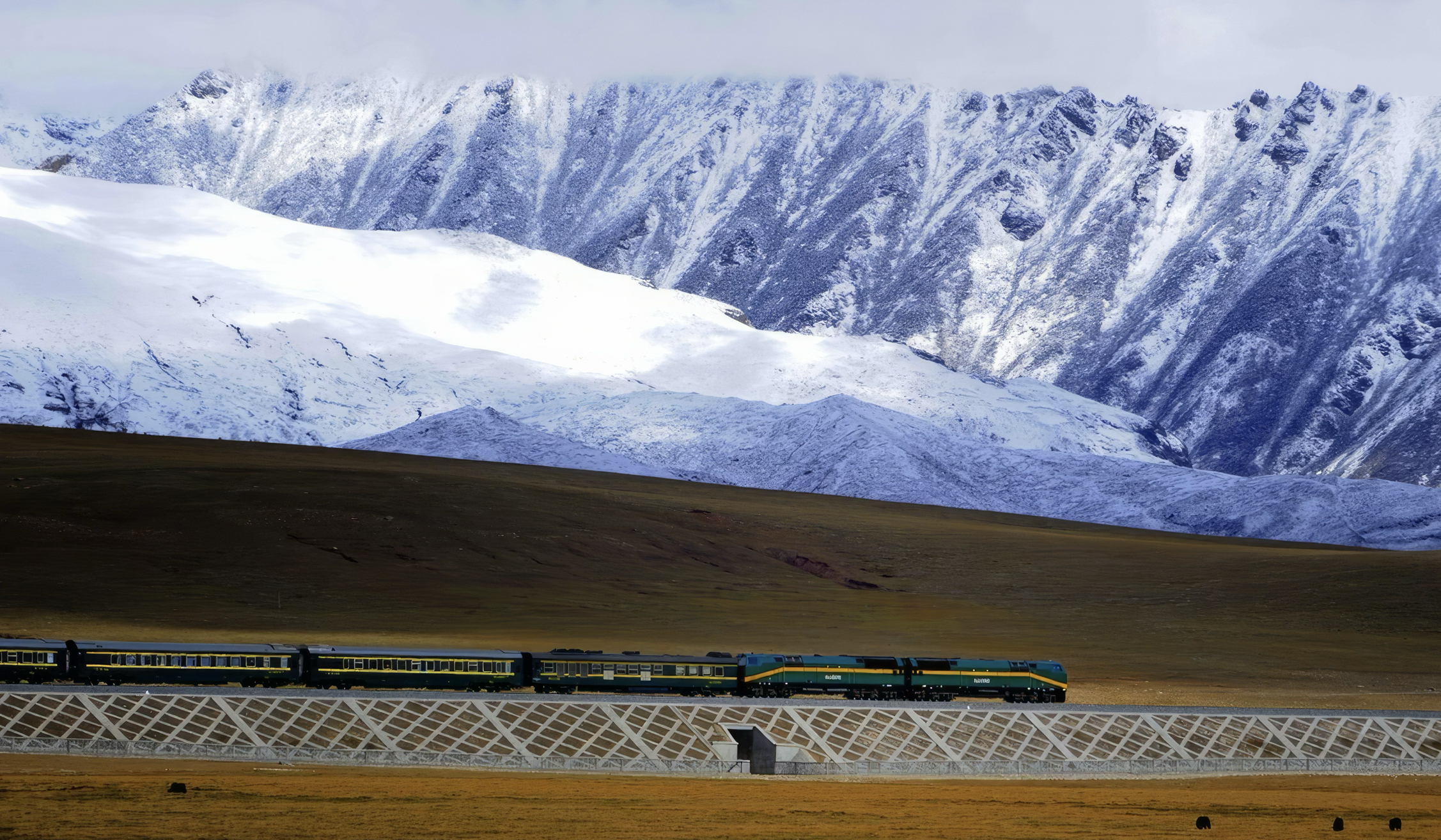
This morning begins at an easy pace. After breakfast, we leave Xining behind and make our way to the railway station — ready for one of the world’s most iconic train journeys.
Boarding the Qinghai–Tibet Railway, settle into your private soft sleeper cabin, where the gentle rhythm of the rails becomes a quiet companion. The cabin is cosy and comfortable, with space to rest, store belongings, and watch the landscape unfold through generous windows.
At first, the train passes through familiar scenes — green farmlands, riverbanks, small townscapes. Soon, the land widens, and the sky draws closer. We pass Qinghai Lake once more — a final glimpse of its silver-blue surface dancing in the wind. Gradually, we ascend.
Grasslands stretch to the horizon, dotted with yaks, antelope, and perhaps nomads at rest by their tents — small human traces in a vast picture. The air grows thinner, the world quieter.
Lunch is available in the dining car. The afternoon drifts by as a slow, serene procession of landscapes — golden steppe, frozen streams, snow-tipped mountains, scattered prayer flags — moves past the windows.
By late afternoon, the journey becomes more dramatic. We cross into territory where white peaks dominate the skyline, where life and silence seem to coexist. Prayer flags stand out against rock and sky.
As you settle down for the night in your private cabin, enjoy one last glance out the window. Stars begin to emerge, sharp against the high-altitude darkness. We continue our journey overnight toward Lhasa — carrying with us the memory of vast skies and ancient landscapes, gently entering the heart of Tibet.
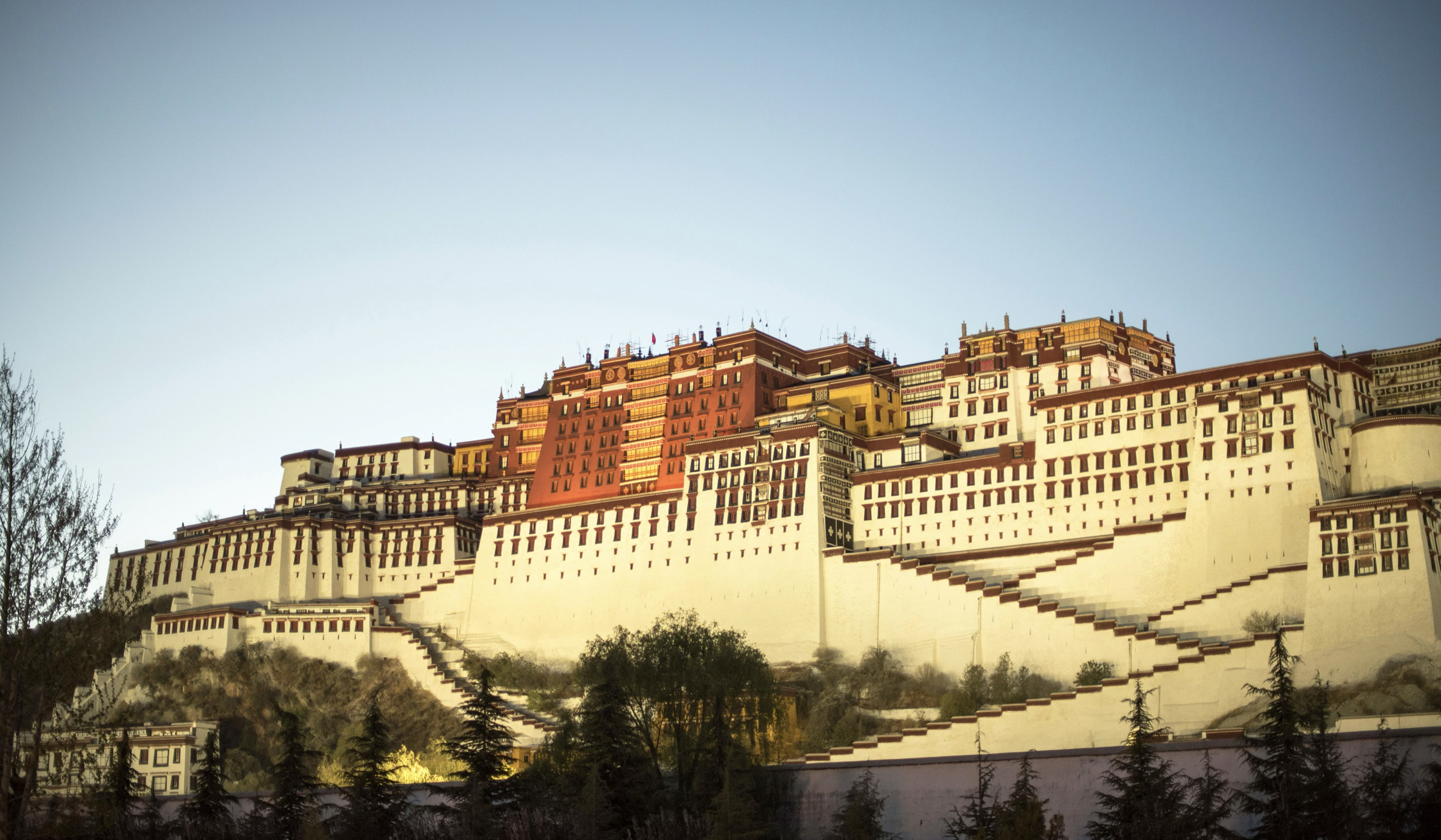
Morning light spills across the Tibetan Plateau as the train glides into Lhasa, the revered capital at 3,650 metres above sea level. The air here feels different — thin, electric, alive with devotion. Upon arrival, we leave the station and head directly into one of the world’s most iconic spiritual landscapes. \
Our first destination is the Potala Palace, the towering seat of Tibetan leadership and faith. Perched above the city, its white and red walls rise like a mountain themselves. Inside, we wander through gilded statues, ancient prayer halls, sacred tombs — each space holding echoes of previous Dalai Lamas. From the upper terrace, the sweeping view of the city and valley reminds us we’ve reached a point both literal and symbolic — high in elevation, high in spirit.
After lunch, we visit Jokhang Temple — Tibet’s most sacred shrine. Outside, pilgrims prostrate themselves in devotion, their bodies worn from long journeys. Inside, we move through atmospheric chapels lit by butter lamps, filled with scent, light, and prayer. Tongues of flame flicker across golden icons. Incense curls into the rafters. Time seems slower here.
We finish this introduction with the Barkhor circuit — a clockwise pilgrimage route around Jokhang. We join the devotional flow of monks, families, merchants, and wanderers, all moving in silence or mantra, their prayer wheels turning in unison. This walk feels as much ritual as observation.
Afterward, we transfer to your hotel, where you can rest and reflect on the day’s impressions. Dinner is at leisure

Today takes us deeper into the spiritual and cultural fabric of Tibet. We begin at Norbulingka, the summer palace of the Dalai Lamas, set amid willow-lined paths and quiet gardens. Once a retreat, it embodies a softer side of monastic life — one of reflection, repose, and seasonal harmony.
We continue to Drepung Monastery, once the largest monastery in the world, home to over 10,000 monks. It sprawls down the hillside like a sacred village—whitewashed walls, broad courtyards, meeting halls, and meditation rooms. We enter the Assembly Hall, where rows of cushions line the floor and contemplative chanting hums low through the air. It feels timeless, steadying.
After lunch, we visit Sera Monastery, famed for monastic debates held in its courtyard. Here, young monks engage one another in philosophical challenge, using gesture, pacing, and clapping to sharpen ideas. It is intellectual, theatrical, and alive with energy. Each debate is both training and ritual—a living practice of the Gelugpa tradition.
As the day draws to a close, we return to the hotel with a renewed appreciation for Lhasa’s sacred architecture and spiritual traditions. The journey between Norbulingka, Drepung and Sera has allowed us to witness Tibetan Buddhism in its varied forms—quiet contemplation, scholarly pursuit, and vibrant ritual. It’s a day that balances cultural depth with immersive experience, offering a fuller understanding of the living faith that shapes everyday life in Tibet.
The evening is free. Perhaps explore Lhasa’s old town with its lantern-lit alleys, small tea houses, and shops selling prayer beads and incense, or simply enjoy a quiet dinner before resting. Tibet is a place where spirit is woven into the everyday—today, we witnessed just how deeply.
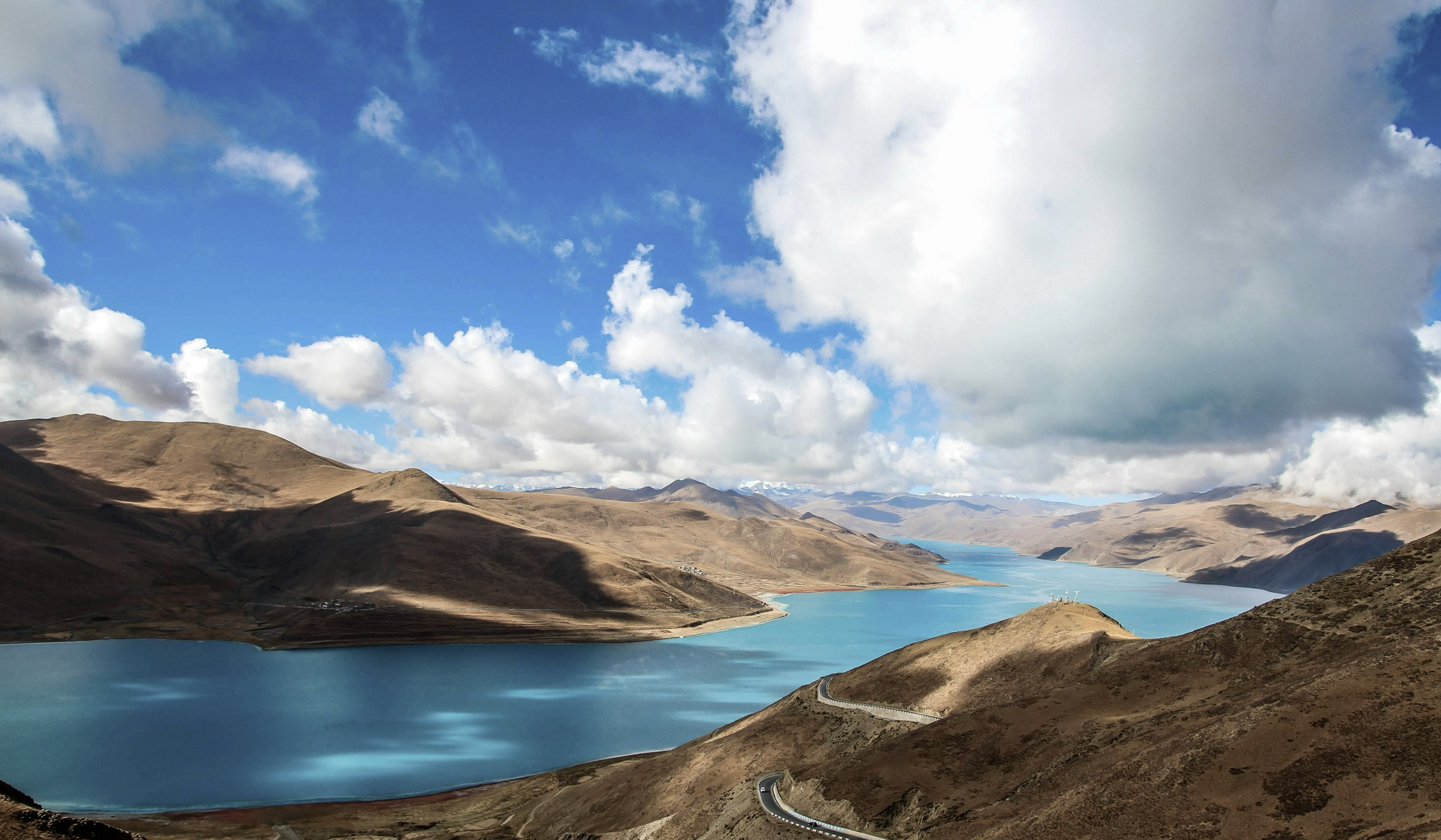
We leave Lhasa this morning, driving southwest across mountain passes, valleys, and prayer-flag-lined ridges. Our first stop is Yamdrok Lake — one of the three holiest lakes in Tibet. Its turquoise waters stretch across the plateau, reflecting snow peaks in calm union. We pause here, letting the stillness steady our breath.
From the lake, we continue toward the Karola Glacier. The ice tumbles down the face of a blackened mountain, the contrast striking under high sun. We step out to feel the clean air and the scale of nature’s architecture.
From here, we travel on to Gyantse. This town is smaller than Lhasa but rich in historic and spiritual significance. We visit Pelkor Chöde Monastery and the Kumbum Stupa — a monumental structure of nine levels and 108 chapels. Each layer holds sacred stories: Tibetan deities, mandalas, philosophical symbols, and artistic brilliance.
Pilgrims move clockwise, climbing, pausing, and offering prayer. Rising through the stupa is like journeying up a spiritual mountain — from human world to enlightened insight.
By late afternoon, we arrive in Shigatse and check into your hotel. The city — second-largest in Tibet — carries a slower, grounded rhythm. The evening is at leisure. Perhaps visit a local noodle house, walk the riverside path, or simply rest.
Today’s journey is one of movement and contemplation. A day where landscapes become teachers.

We begin in Shigatse with a visit to Sakya Monastery — known for its fortress-like structure and distinct black, red, and white walls. This monastery was once a centre of political and academic influence. Its halls house ancient scrolls, exquisite murals, and protected treasures from Tibet’s intellectual golden age.
Inside, the air is cool and still. Walls are thick — built for protection against both weather and invasion. The main hall holds hundreds of volumes of hardbound scripture. Some are wrapped in silk, others bound in gold — their ink preserved for centuries. We walk through rooms lined with mandalas, deities, and elaborate iconography — storytelling through colour and line.
Afterward, we continue westward. The landscapes become vast and untamed. The drive crosses broad valleys, riverbeds, and stretches of open space where the wind meets only grass and sky. Chortens dot the roadside; prayer flags hang from high passes — turning the wind into a voice.
By mid-afternoon, we reach Tingri, a small settlement and gateway to the Himalayas. The air is thinner, the space wider. We check into your hotel and have time to rest and acclimatise. The silence of the high plateau is punctuated only by distant yaks or the soft flapping of flags against the setting sun.
Dinner is at leisure tonight. Tingri's simplicity makes the shift from philosophical richness to natural immensity more profound. We rest now — tomorrow, we encounter Everest.
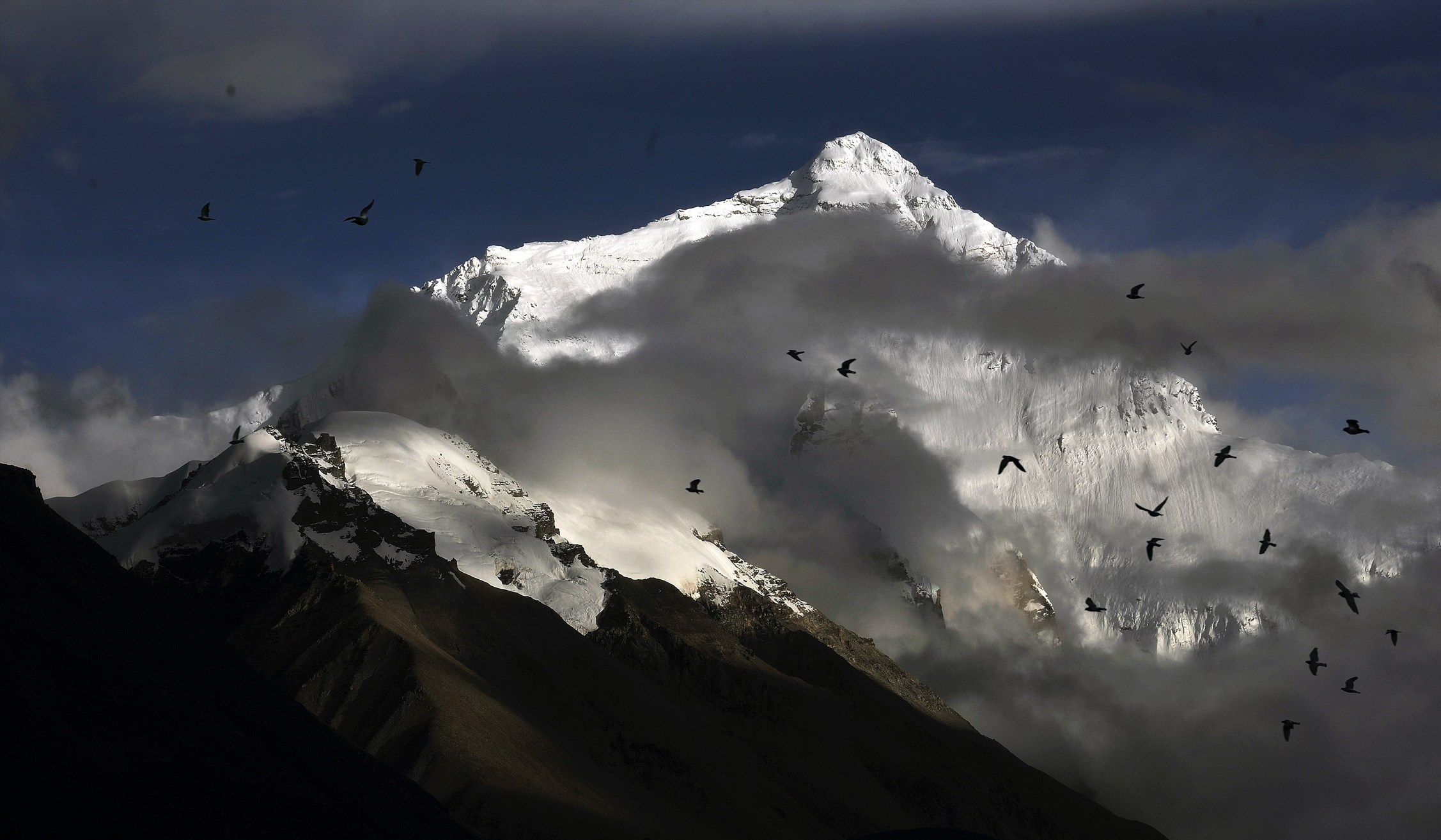
We depart Tingri early, traveling toward Rongbuk Monastery — the world’s highest. Its humble walls stand beneath the shadow of Everest, a rare convergence of human devotion and nature’s grandeur. The landscape here is stripped back to essentials: rock, sky, and silence. The air itself feels sacred, as though carrying centuries of whispered prayers.
From the monastery, we continue to Everest Base Camp. As we approach, the mountain rises in monumental quiet — a vast, immovable presence. Chomolungma, as Tibetans call it: Mother Goddess of the World. Revered, respected, feared. The landscape holds its breath. We step out into the high-altitude air: still, thin, and whispering across rock and ice.
We take time to walk, observe, and simply breathe. The view itself is enough. No summit is necessary. To stand here is to understand the scale of human ambition against the immensity of nature. This is not a climb — it’s a meeting, brief but unforgettable.
After time at base camp, we begin our journey back to Shigatse. The descent is gradual — from mythic heights to the realm of people and places shaped not by altitude, but by daily life. The road curves along valleys etched by glaciers, past shrines tucked into hillsides and herds of yak moving like shadows across the land.
We arrive back at your hotel in the late afternoon. The warmth of familiar surroundings contrasts beautifully with the starkness of Everest’s domain. Dinner is at leisure. Perhaps reflect on the day over a simple meal or sit quietly, allowing the experience to settle.
The memory of standing before Everest — even from afar — lingers long after the mountain recedes from view. Its presence is felt not just in photographs, but in the stillness it leaves within.
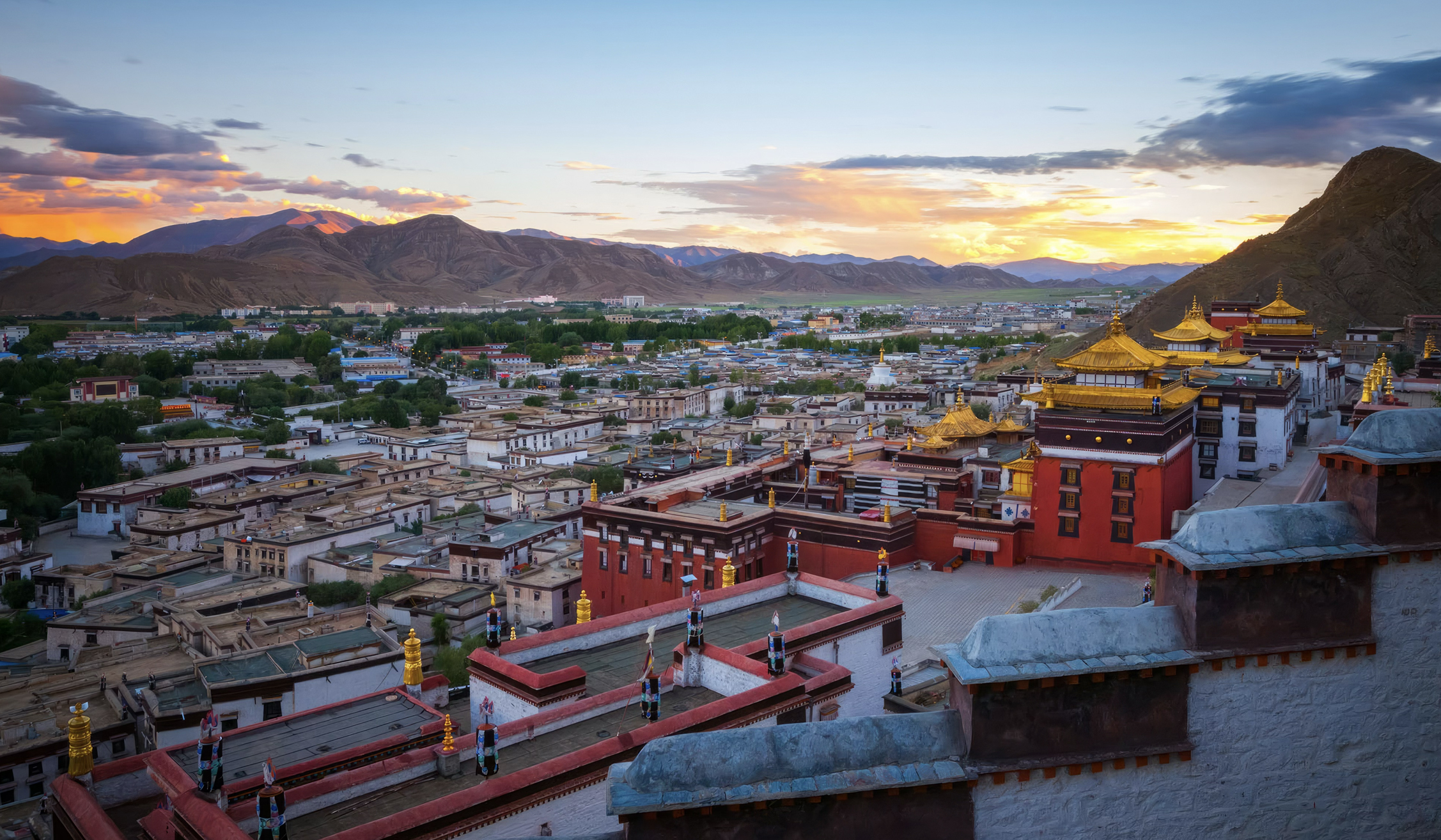
Our final full day begins with a visit to Tashilhunpo Monastery — seat of the Panchen Lama and one of Tibet’s most significant monastic institutions. Its golden roofs shimmer in the morning light, and its walls hold centuries of teachings, rituals, and memory.
Inside, the air is thick with incense. Pilgrims circle chapels, spinning prayer wheels that click softly as they move. The main assembly hall is vast — long lines of cushions, soft shadows, and chanting that resonates through stone and air. We pause here — letting sound wash over us.
From Shigatse, we begin the return journey to Lhasa. Along the way, we are welcomed into a Tibetan family home — where we sit together over bowls of butter tea or tsampa. Stories are shared, laughter offered, and the simplicity of the moment reminds us how deeply place and people are connected.
As the drive continues, the familiar contours of the landscape reveal themselves — broad valleys, quiet streams, distant peaks. We arrive in Lhasa by late afternoon and check into your hotel for one last night on the plateau.
This evening is at leisure. Perhaps wander Barkhor Street one final time, dine in a traditional tea house, or simply relax in your room, letting the stillness of the last days rest gently around you.
The journey may be nearing its end, but tonight offers a pause — a moment to reflect before departure.

This morning offers a moment to take in one last glimpse of Lhasa. After breakfast at your hotel, there’s time to enjoy the view, step outside for a breath of highland air, or simply sit quietly and let the experience settle. The city is waking — prayer wheels turn, incense rises, and the light catches rooftops and distant hills.
Your travel expert meets you at your hotel and transfers you to the airport. As we leave the city behind, the road winds through landscapes that have framed the journey — broad valleys, scattered shrines, and peaks that rise sharply against the sky. There’s a stillness in the air, not of silence, but of presence — the kind Tibet has offered at every turn.
Reflecting on the past days, we think back to the pure blue of Qinghai Lake, the mirrored surface of Chaka Salt Lake, the snow-draped glacier at Karola, and the quiet encounter with Everest — each one a moment of wonder. The monasteries, too, echo in memory: voices of monks chanting beneath golden statues, footsteps circling sacred halls, butter lamps flickering against ancient walls.
At the airport, goodbyes are exchanged. We depart with a deeper stillness — carrying with us not just images, but something of the place itself.
PROGRAM CONCLUDES
![]()
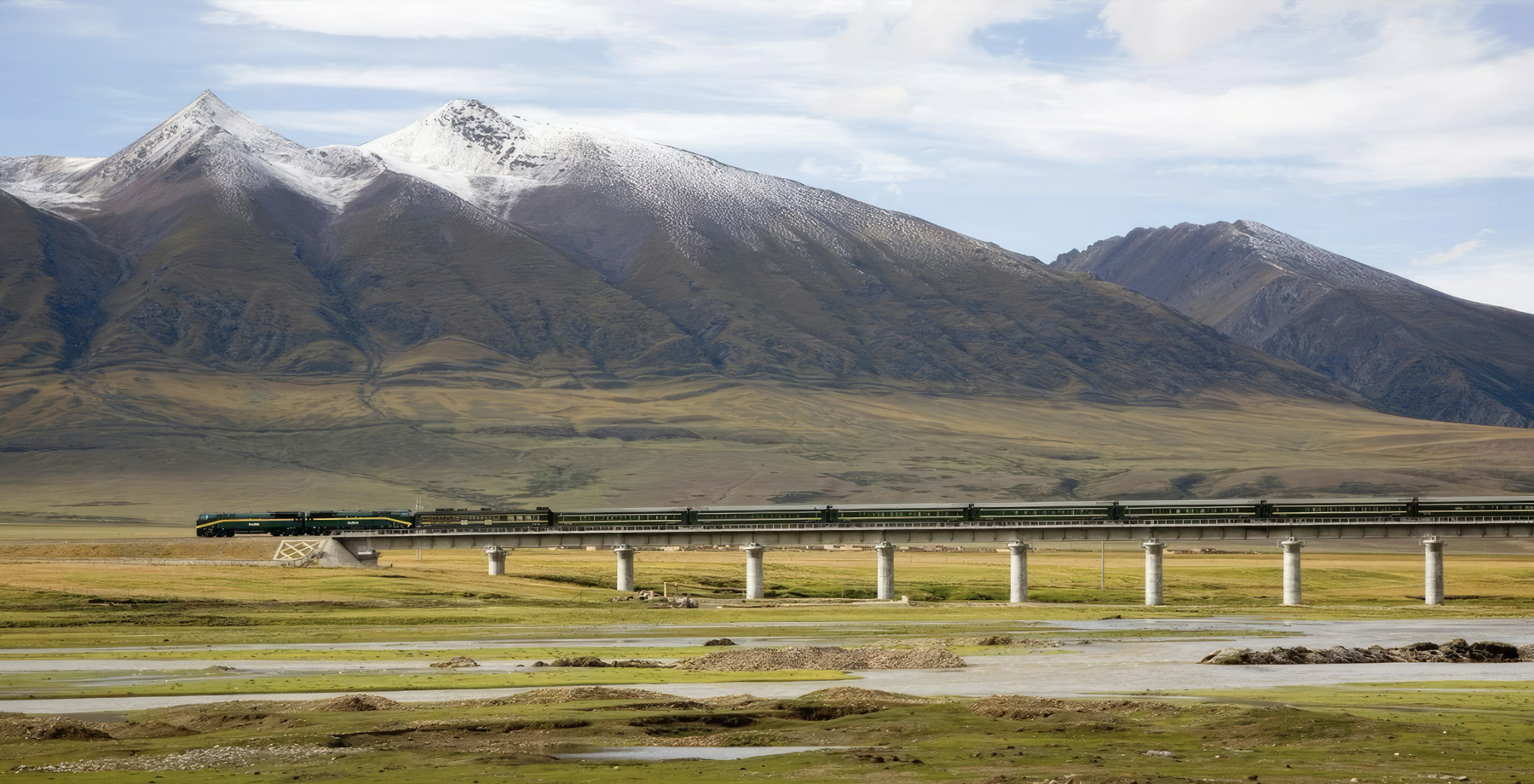
Travel Designer Insights
This journey is designed for those who seek both discovery and connection. Central to the experience is the Qinghai–Tibet Railway — one of the most iconic train journeys in the world, crossing vast highland plains and ascending into the heart of Tibet. It’s a passage that reveals the scale of the land in motion, preparing us for encounters with sacred monasteries, silent lakes, and the raw presence of Everest. Carefully paced, with space to breathe and absorb, this journey lets landscapes and spirit speak — leaving a lasting imprint well beyond the route itself.
Click to hear your Travel Designer discuss the merits
and attractions of this Program

TRAVEL INSPIRATION
CHINA
STORIED IMAGERY ON THE DESTINATION
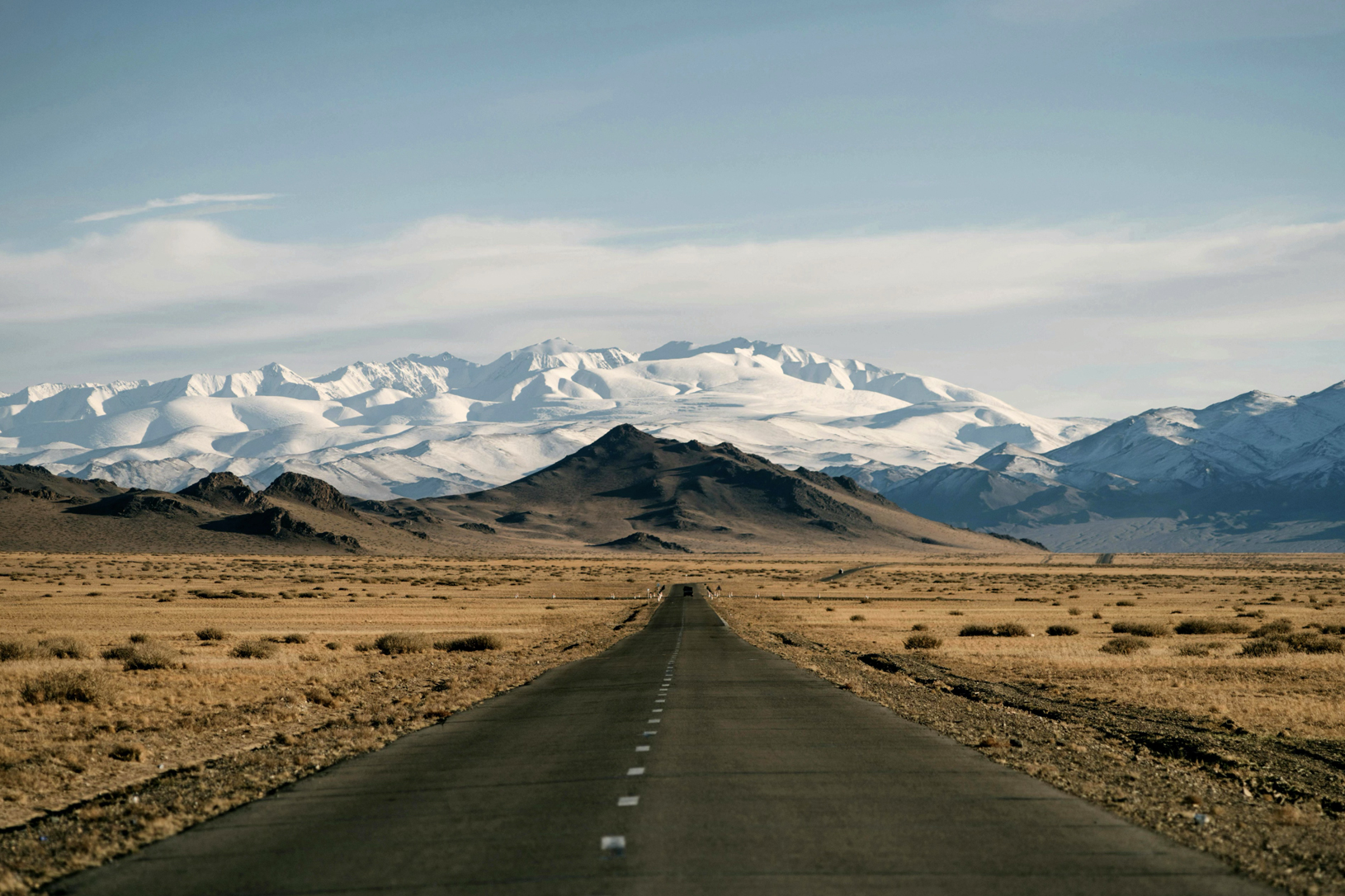
BE INSPIRED
CHINA
VIDEO PLATFORM

IMAGE BANK
CHINA
HIGH QUALITY VISUALS FOR DOWNLOAD
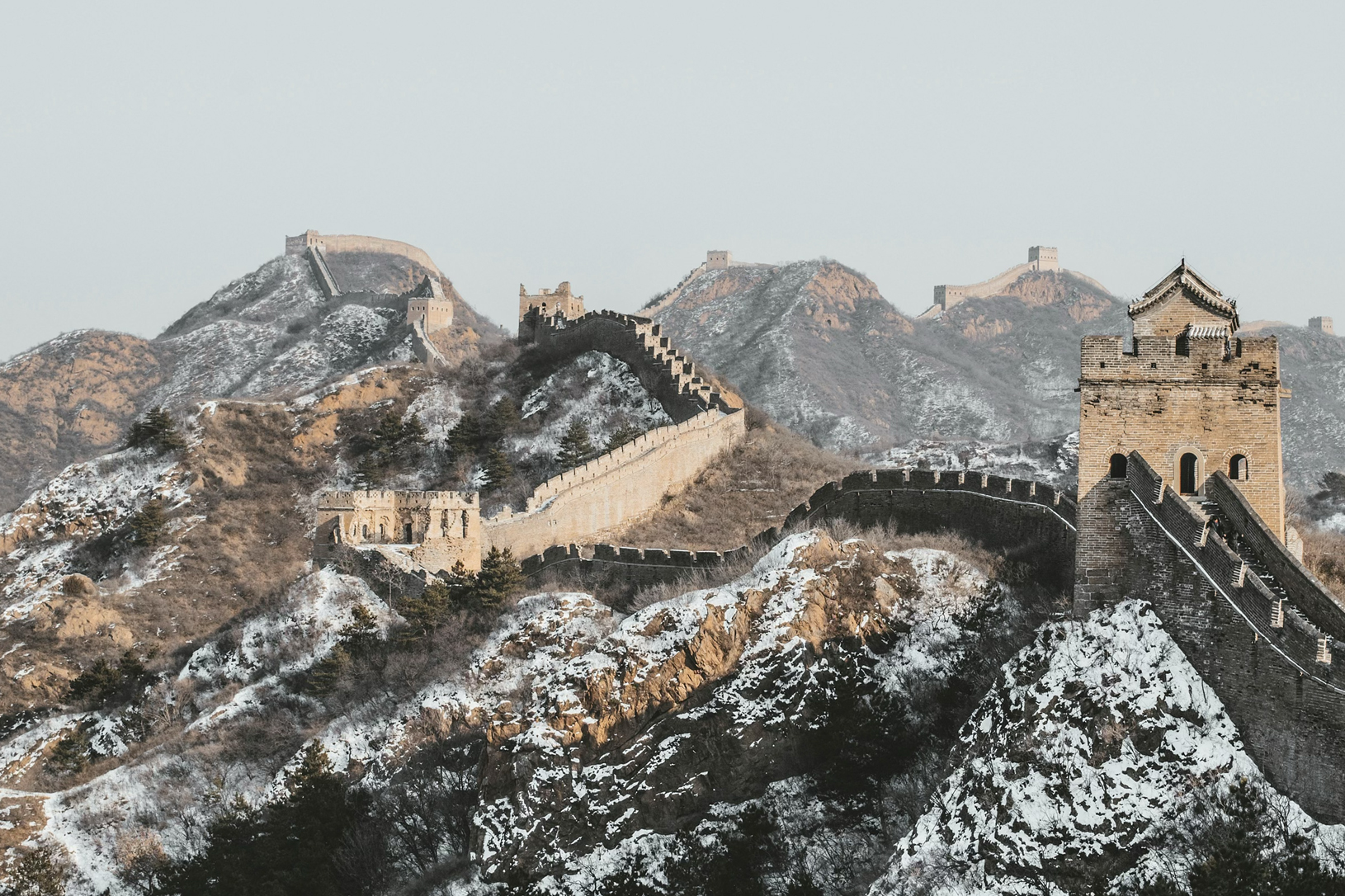
TRAVEL PORTFOLIO
CHINA
DISCOVER OUR PRODUCT RANGE
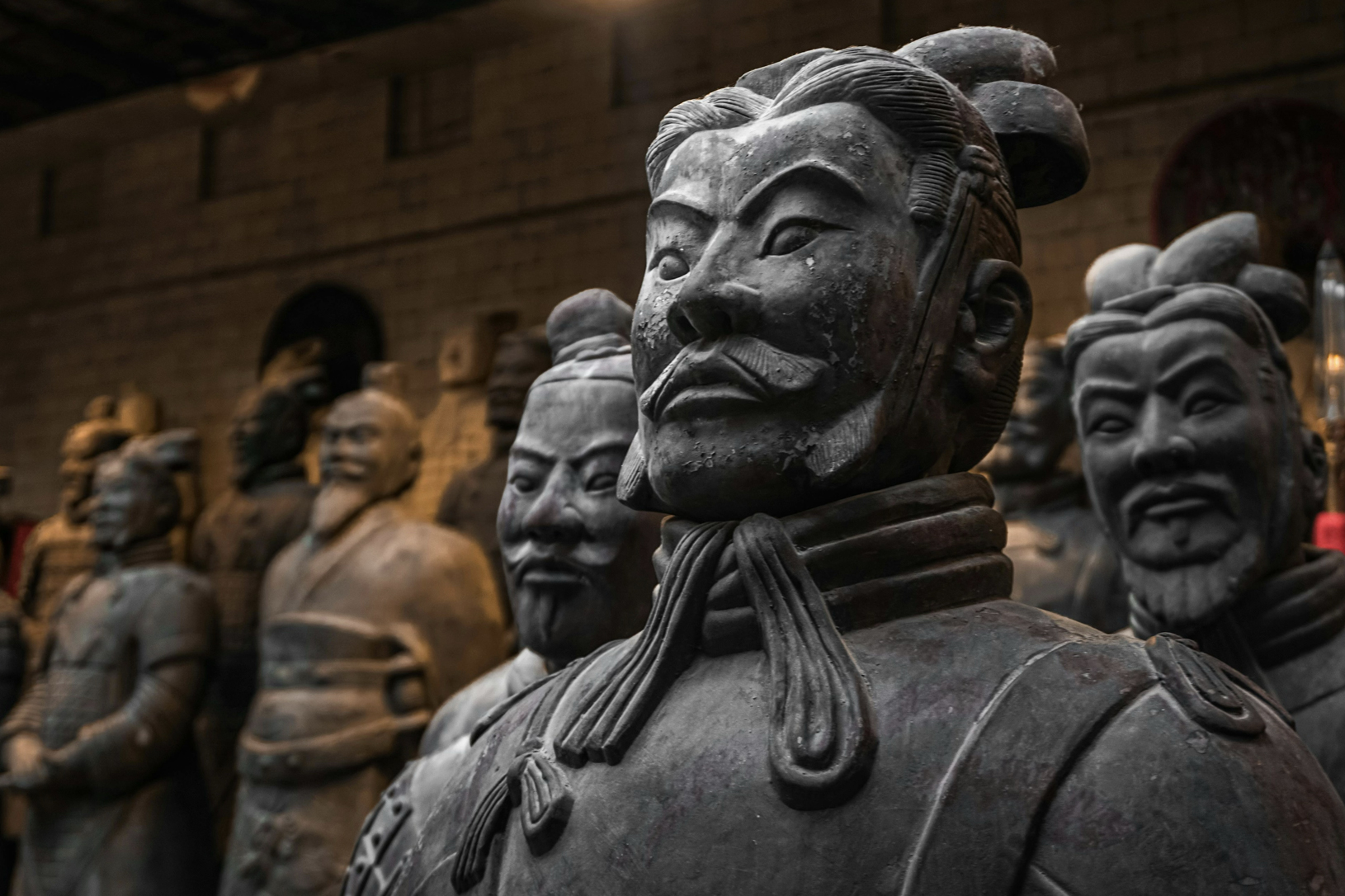
SUPPORT TOOLS FROM THE ASIA CONCIERGE WEB PORTAL
Asia Concierge China
Ocean Express A,
Suite 2503 NO.66 Xia Guang Li,
Chao Yang District
Beijing
China
Tel: +86 13 501 394 279
